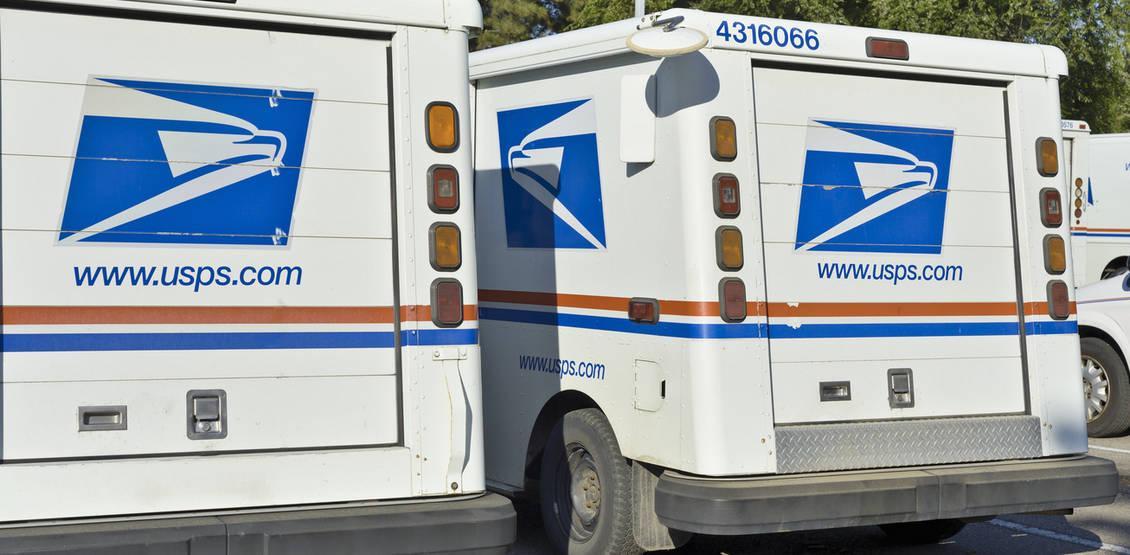Did you know that shippers like UPS and FedEx often ferry United States Postal Service mail across the country on their airplanes, or that the United States Postal Service sometimes delivers UPS and FedEx packages to its customers on its delivery routes? While this cooperation is commendable and allows each company to leverage one another’s economies of scale, “last mile” delivery is problematic for people living in rural areas without residential mail service. A hybrid address that includes both their physical and P.O. Box addresses can help to avoid last mile delivery problems and lost packages this holiday season. Here’s what you need to know.
In our earlier post about off-grid street addresses, we discussed the fact that in many towns and rural areas there is no mail delivery. In these communities, residents use post office boxes to receive their mail. Meanwhile, carriers like FedEx and UPS deliver to physical addresses, not P.O. boxes. When they contract with the USPS for last mile delivery, this creates a problem for the hundreds of thousands of recipients in rural and special cities without residential mail service.
Unfortunately, when FedEx and UPS contract with the USPS for last mile delivery, they don’t always know that their packages, which are addressed to physical addresses, cannot be delivered due to a lack of residential mail service in the area. These packages end up piling up at the local post office because there are no delivery routes that service the recipient’s street address!
In response to this problem, the USPS has suggested putting both the street address and the P.O. Box on the address lines as well as putting your P.O. Box number on the street address line. This is what we like to call a hybrid address. It sounds complicated, but here is an example:
Your Street Address:
John Locke
515 E. Pine Dr.
Jackson, WY 83001
Your P.O. Box Address:
John Locke
P.O. Box 1637
Jackson, WY 83002
Your Hybrid Address to Use:
John Locke
515 E. Pine Dr. #1637
P.O. Box 1637
Jackson, WY 83002
Notice that the combined address adds the P.O. Box number to the end of the street address line: 515 E. Pine Dr. #1637. This is because many computer systems delete the P.O. Box line thinking it is wrong and doesn’t need to be included.
If the ZIP codes are different, always use the P.O. Box’s ZIP code. This will prevent your package from ending up in the same P.O. Box number but at a different post office. There is always only one post office per ZIP code, but there may be several post offices nearby.
For example, in Jackson, Wyoming, two post offices are just a mile apart: J220 W. Pearl Ave., Jackson, WY 83001 and 1070 Maple Way, Jackson, WY 83002. As long as your street address isn’t far from the post office, your package will most likely be deliverable by the UPS or FedEx driver; and, if the carrier contracted delivery to the USPS, your package should end up at the correct post office.
We are constantly on the lookout for hard-to-deliver addresses. Our DOTS Address Validation 3 service knows about this dilemma and does an exceptional job at verifying and validating these types of addresses as deliverable despite being CASS non-compliant. In this case, this is good because getting the package delivered is better than having the address appear compliant with an outdated USPS standard only to have the package languish in a pile of undeliverable packages.













